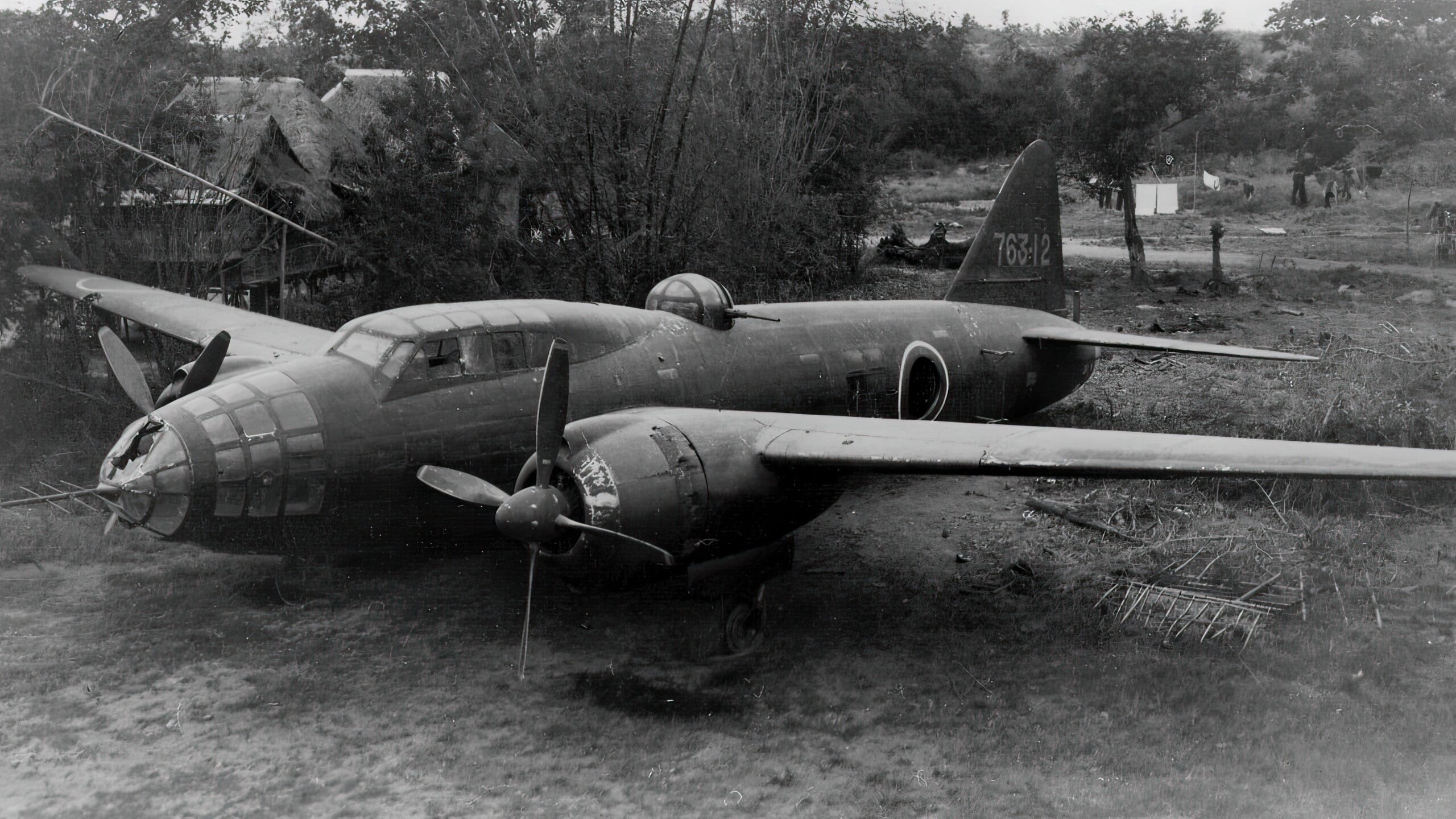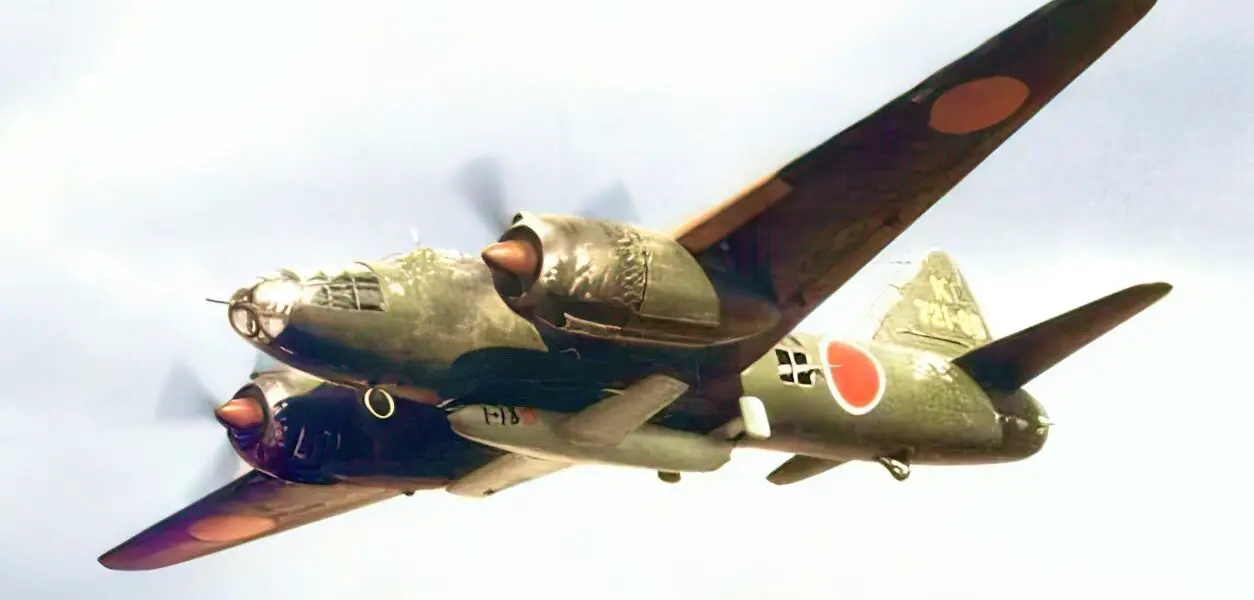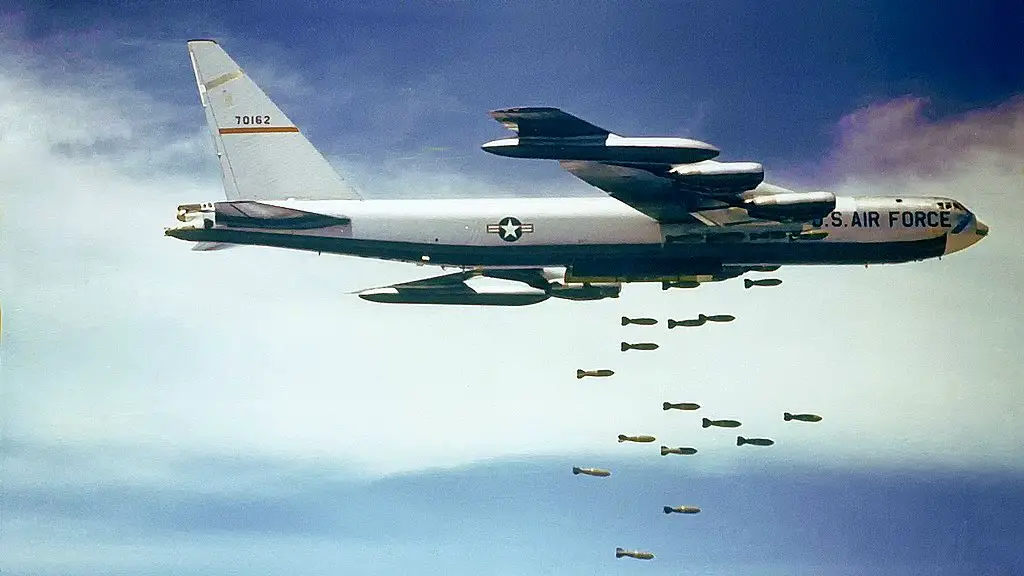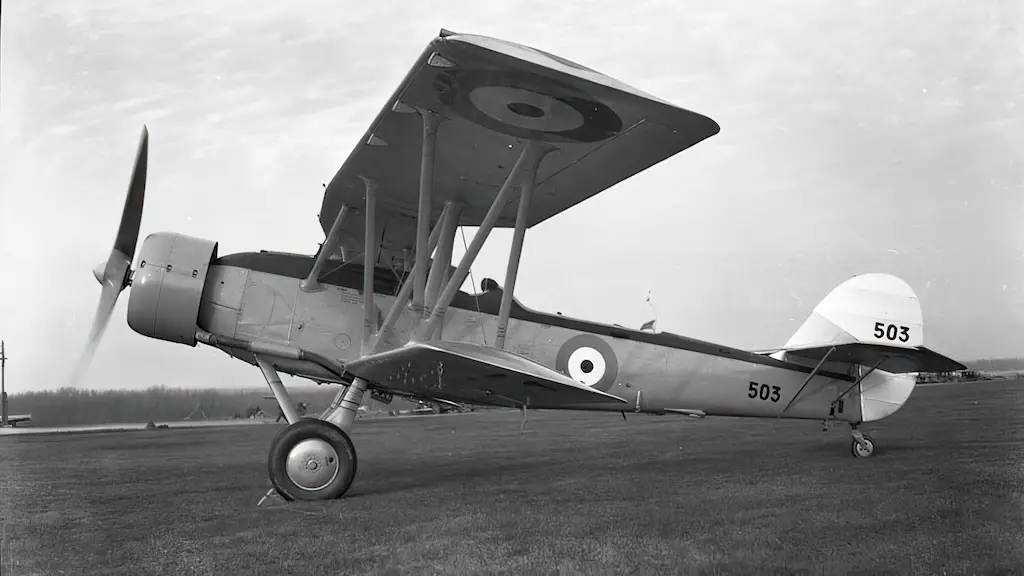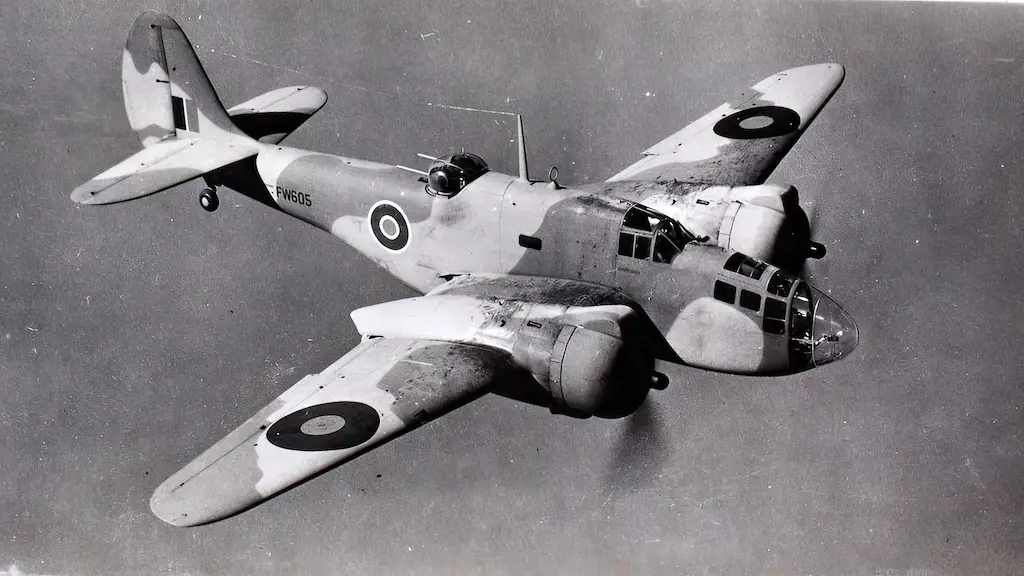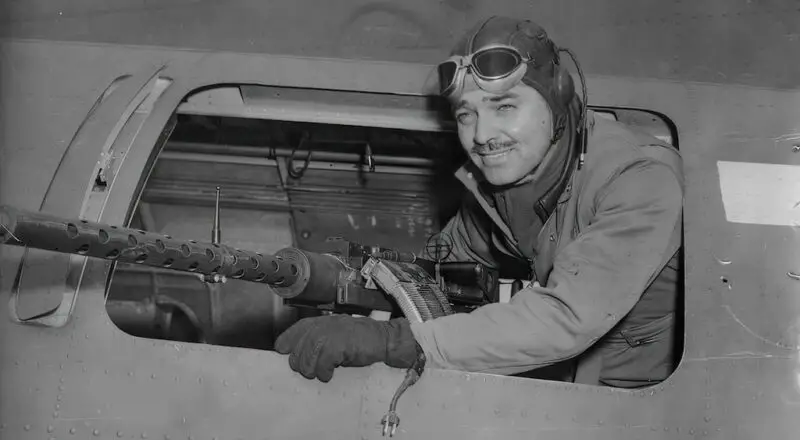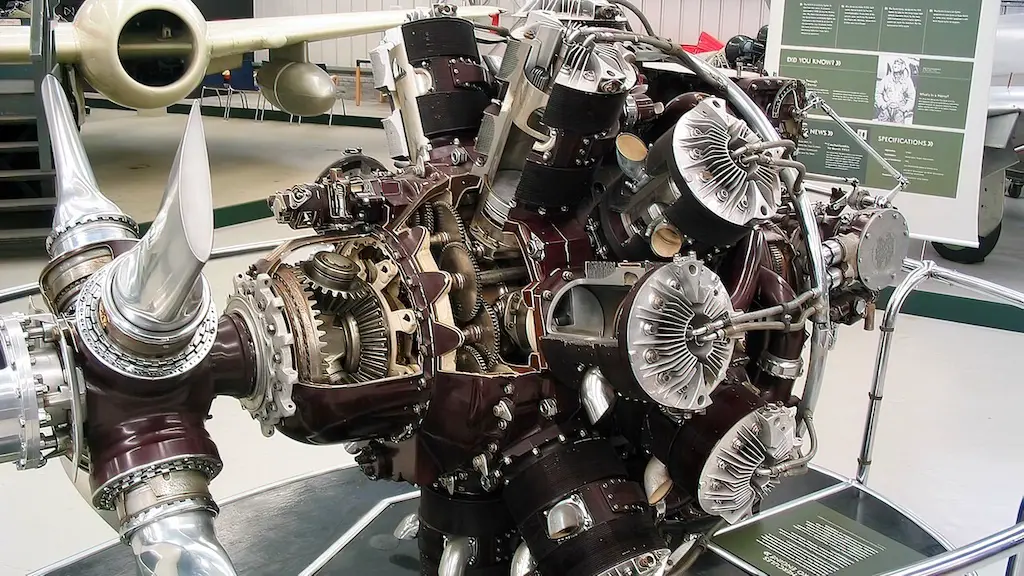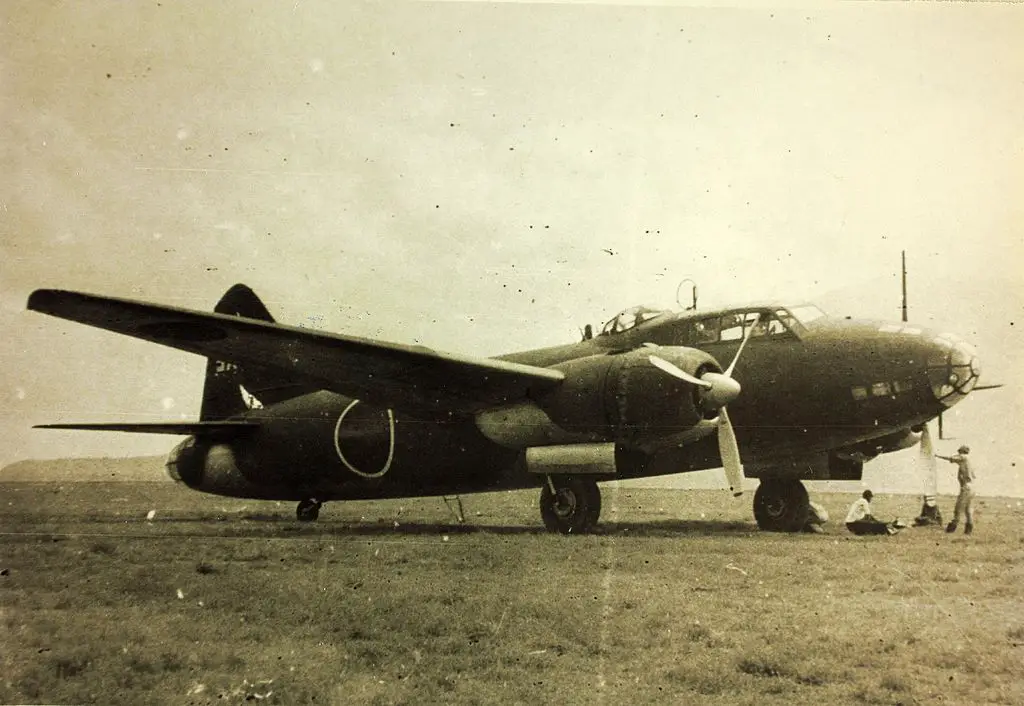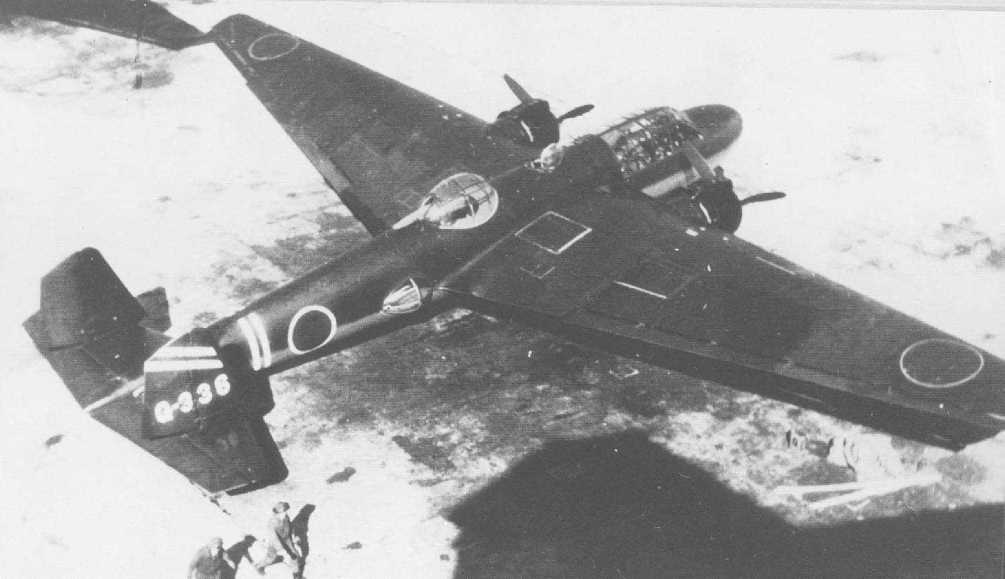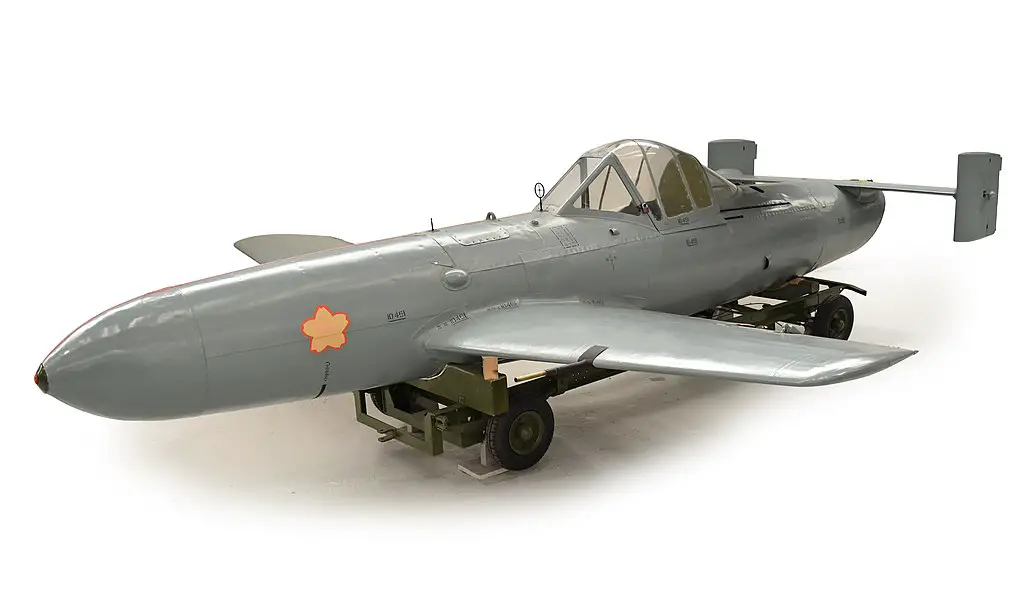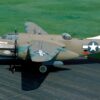The Birth of a Legend
In World War II’s grand theater, the Mitsubishi G4M bomber emerged as a formidable player. This aircraft, renowned for its speed and unprecedented range, marked a new era in aerial warfare. With its introduction, the G4M quickly became a symbol of Japanese military might, serving in a myriad of roles – from a bomber to a kamikaze weapon, and even as a transport during Japan’s surrender.
The G4M’s genesis traces back to the earlier G3M, which saw action in China from 1937. Recognizing the need for a more advanced bomber, the Imperial Japanese Navy set ambitious specifications: a twin-engine, land-based bomber capable of reaching speeds up to 247 miles per hour, climbing to 9,800 feet, and delivering an 1,800-pound payload over a range of 2,300 miles.

A Design Balancing Act
The challenge for Mitsubishi was steep: create a bomber that could meet these demanding requirements. Under the guidance of Kiro Honjo, the design team made bold decisions. They eschewed self-sealing fuel tanks and armor, placing fuel tanks in the wings and minimizing defensive weapons to reduce weight. These choices boosted the G4M’s performance but at a cost – increased vulnerability to enemy fire, earning it nicknames like “flying Zippo” from Allied pilots.
Despite these risks, the G4M boasted formidable armaments, including a 7.7mm gun and a 20mm cannon in the tail. Its ability to deliver sudden and devastating attacks made it a fearsome adversary.
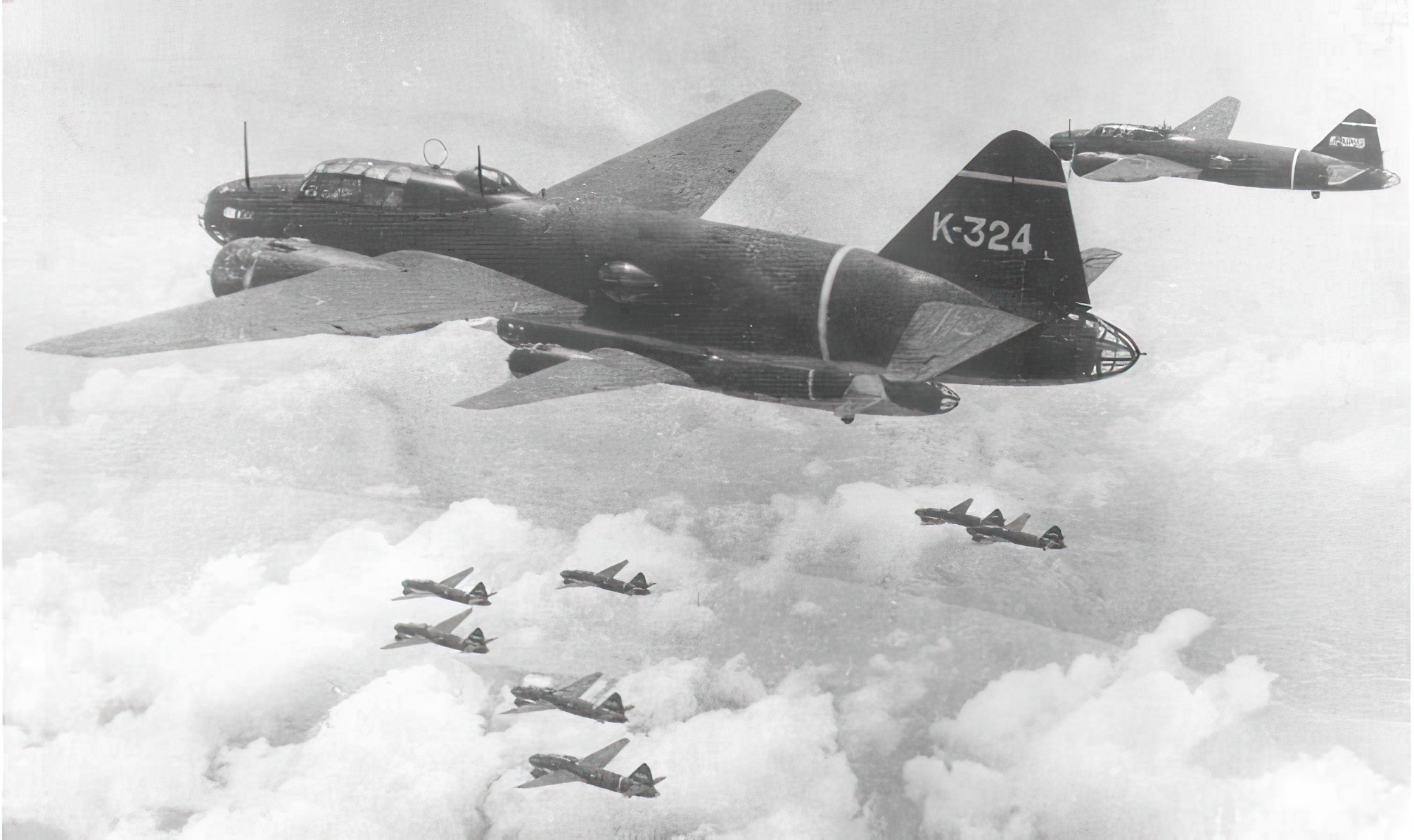
The Maiden Flight and Beyond
The G4M’s journey began in earnest in October 1939, with its first prototype transported in pieces to Kagamigahara airfield. Under the control of Mitsubishi’s chief test pilot, Katsuji Kondo, the bomber took its first flight, showcasing its capabilities. Although initially the Navy hesitated, favoring a more heavily armed variant, they soon reverted to the original G4M design, recognizing its strategic value.
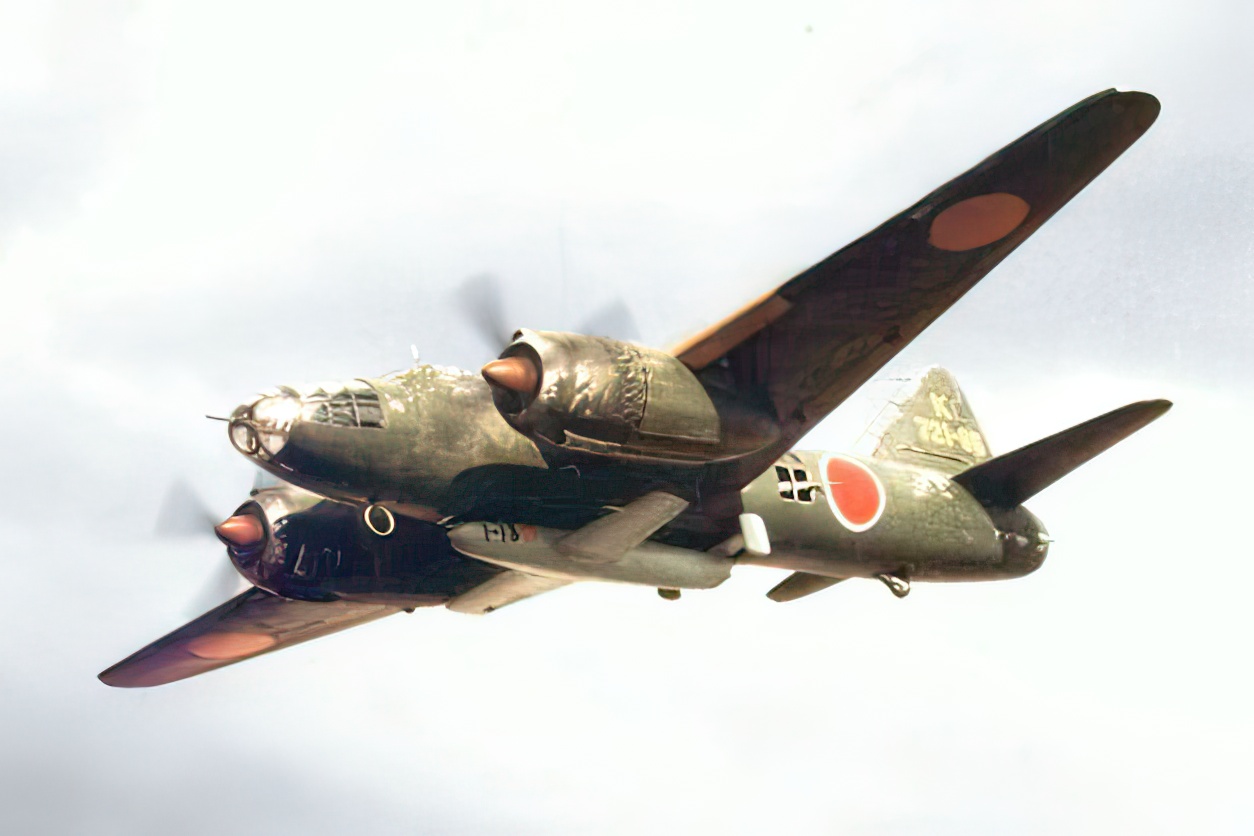
Sinking the British Titans
The G4M etched its name in history by attacking two British powerhouses: HMS Prince of Wales and HMS Repulse. These vessels, symbols of British naval strength, fell victim to the G4M’s prowess. The Prince of Wales, a radar-guided battleship, and the Repulse, a veteran battlecruiser, were part of Force Z, a squadron tasked with disrupting Japanese supply lines.
However, strategic miscalculations and technical failures plagued Force Z. Despite their formidable defenses, the squadron was unprepared for an aerial assault from land-based bombers. The G4M’s attack was relentless, with torpedoes and bombs raining down on the British ships. Despite efforts to repel the assault, both the Prince of Wales and the Repulse succumbed to the G4M’s onslaught, marking a pivotal moment in naval warfare history.
The End of an Era
The G4M continued to play a critical role throughout the war, embodying both the strength and desperation of the Japanese war effort. In its final days, it served as a platform for the Yokosuka M XY7 Ohka, a last-ditch kamikaze effort against advancing American forces. By the war’s end, Mitsubishi had produced 2,416 G4M bombers, leaving an indelible mark on the conflict.
